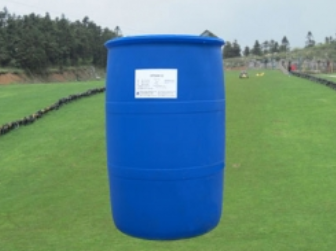In synthetic detergents, builders usually play the role of softening the water hardness and improving the pH of the washing liquid, and its dosage is generally large; the dosage of additives is small, which is customarily called "small material". Builders are mostly used in washing powder, and the amount added in liquid washing is very limited, unless it is a structured liquid washing. STPP (sodium tripolyphosphate) has comprehensive performance as a water softener and is an unparalleled builder. However, since STPP is a phosphorus-containing additive, it will aggravate the eutrophication of closed water bodies to a certain extent, so it cannot be used as a green detergent surfactant.

In fact, surfactants include emulsifiers, that is, the concept of surfactants has a wider scope, and emulsifiers can be regarded as a small part of surfactants. Simply put: low concentration of surfactant can significantly reduce the surface tension of the solution surface, thereby changing the interface state of the system. When it reaches a certain concentration, it can play different roles such as emulsification, demulsification, foaming, and defoaming.
Therefore, as I said earlier, emulsifiers can be simply understood as a small part of surfactants. So what kind of ingredients have the effect of emulsifier? We generally use HLB (hydrophilic-lipophilic balance) to measure the effect of an emulsifier. Generally, some surfactants with HLB around 0~15 are emulsifiers that we often use (emulsifiers in this range are also widely used, and will be described in detail in future articles.), such emulsifiers can be used to make different emulsions or Cream (Of course, it is also used in food, but it will not be described in detail in this article.).
Surfactants are generally classified into:
1. Anionic surfactants, representative: amino acid surfactants, soap-based surfactants, sulfate ester surfactants.
2. Cationic surfactants, representative: this, I will not "give a chestnut", this is not used much in cleansing, so I won't say much.
3. Non-ionic surfactant, representative: fatty acid monoglyceride (I have to complain once, a certain brand said that there is no emulsifier or surfactant in the cleanser, but it is actually this kind of surfactant that is practical, I am.) , Glucose esters
4. Amphoteric surfactants, representative: betaines.